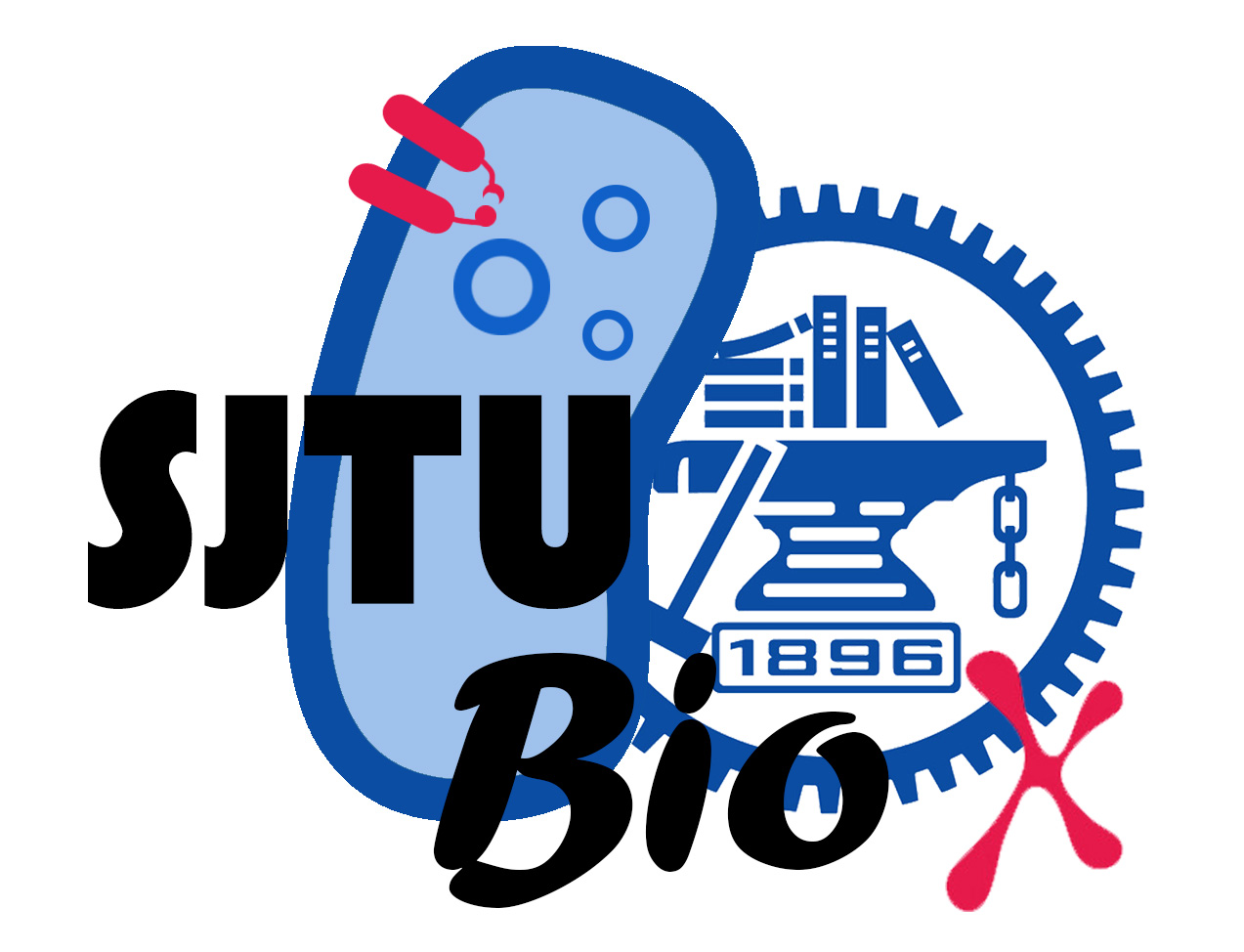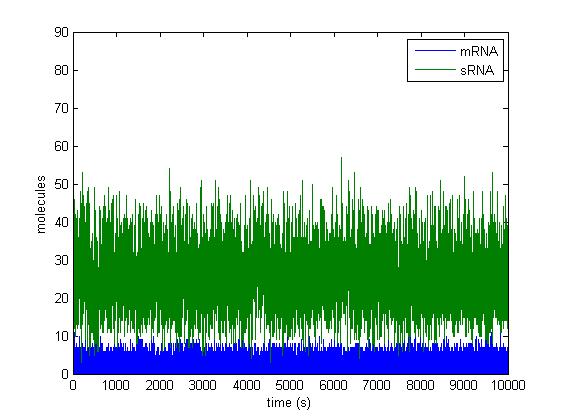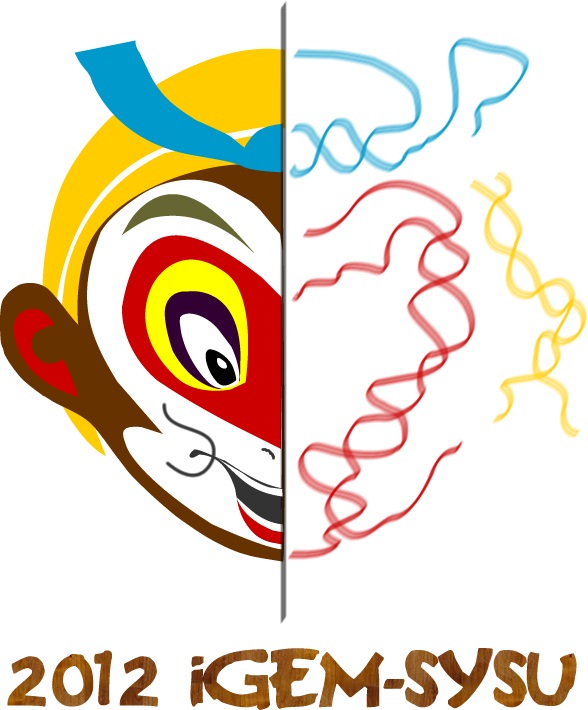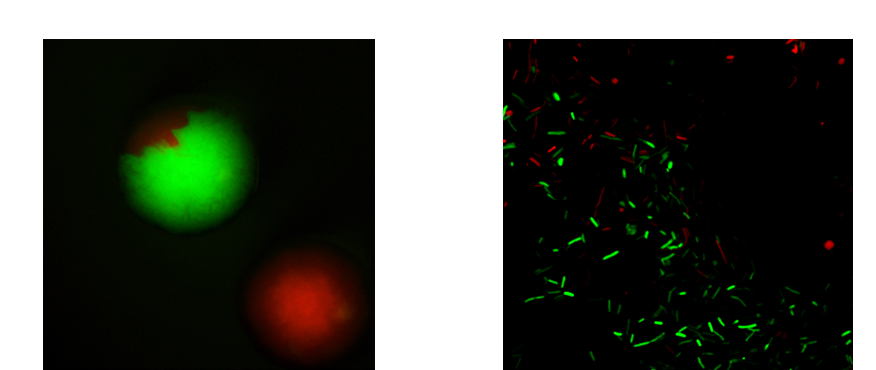Team:Peking/HumanPractice/Outreach/Collaboration
From 2012.igem.org
| Line 10: | Line 10: | ||
<h3 id="title1">Summary</h3> | <h3 id="title1">Summary</h3> | ||
<p> | <p> | ||
| - | This summer, | + | This summer, our team benefitted a lot from the collaboration with Prof. YANG Yi and other iGEM teams. By paying reciprocal visits with Prof. Yang, we establish collaboration with his lab. By helping some other teams with their contests, we built lifelong friendship with team members across the world. |
</p> | </p> | ||
</div> | </div> | ||
| Line 58: | Line 58: | ||
</div> | </div> | ||
<p> | <p> | ||
| - | Also we established a positive, cooperative, and steady relation with <a href="/Team:OUC-China">OUC-China</a>. | + | Also we established a positive, cooperative, and steady relation with <a href="/Team:OUC-China">OUC-China</a>. Our team and OUC iGEM helped each other a lot this summer. We helped them to build stochastic model and gave some important advice about their program, which provides guidance for the experimental implementation. Reciprocally, they shared DNA material of agarase, an enzyme that degrades agar, with us, which is very useful for our 3D bio-printing. |
</p> | </p> | ||
</div> | </div> | ||
Revision as of 15:16, 15 October 2012
Summary
This summer, our team benefitted a lot from the collaboration with Prof. YANG Yi and other iGEM teams. By paying reciprocal visits with Prof. Yang, we establish collaboration with his lab. By helping some other teams with their contests, we built lifelong friendship with team members across the world.
Collaboration with Prof. YANG Yi's Lab
Greatly inspired by the elaborate design of an ultrasensitive, light-controlled transactivator Gal4-VVD developed by Prof. Yang's lab (X. WANG et al., 2012, Nature Methods), Peking 2012 iGEM team intended to design a light sensor working in prokaryotes, and so invited Prof. YANG Yi from East China University of Science and Technology to visit Peking University and to communicate with team members. Later, Peking 2012 team members also made another visit to Prof. YANG Yi.
By sharing a mutual concern of optogenetics for synthetic biological application, Prof. YANG Yi from East China University of Science and Technology and our team paid reciprocal visits to each other. During Prof. Yang’s visit to Peking University on 21st April, we shared a common view on the basic design of a LexA-VVD genetic regulator. A prototype of the LexA-VVD protein was discussed during our meeting and we reached a consensus for further cooperation.

Professor YANG Yi
Two months later, deputy team leader ZHOU Wenyuan and another team member YAN Jiawei visited Yang's lab in Shanghai and Prof. Yang decided to instruct Peking iGEM as the TEAM INSTRUCTOR. This very cooperation is not only beneficial to both sides, but also provides an opportunity for future collaborations.
Collaboration with Other iGEM Teams

SJTU_iGEM
Another important part of iGEM is helping other teams through communication and collaboration. Team SJTU-BioX-Shanghai found that we utilized ribozymes last year to control the expression of VioABDE gene, and thereby requested biobricks of BBa_K598019 and BBa_K598020 to incorporate in their "Membrane Magic" project. We shared the DNA materials with them.

BBa_K598019

TJU_iGEM Team
We also collaborated with Team Tianjin by sharing ideas, protocols and information. Later, we helped them to characterize their biobricks BBa_K821001 and BBa_K821002 using fluorescence stereomicroscope.

OUC_iGEM Team
Also we established a positive, cooperative, and steady relation with OUC-China. Our team and OUC iGEM helped each other a lot this summer. We helped them to build stochastic model and gave some important advice about their program, which provides guidance for the experimental implementation. Reciprocally, they shared DNA material of agarase, an enzyme that degrades agar, with us, which is very useful for our 3D bio-printing.

OUC_iGEM Result

SYSU_iGEM Team
Besides, we also shared DNA materials of BBa_K598002 with Team SYSU-China. They exploited this digital-like and plug-in toggle switch to implement sequential logic processing in their gene circuit.

Fluorescence images of bistable switch.
 "
"














